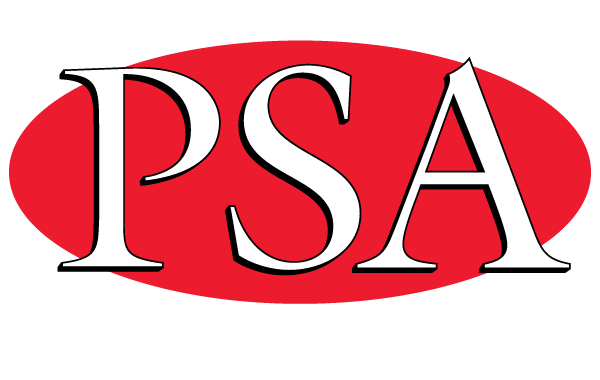Transport for NSW – questions to answer on contigent labour (pdf version)
Members would be aware from previous bulletins of the 15 per cent budgetary reductions announced by TfNSW in October 2017 for this current financial year.
The PSA and combined unions met with TfNSW representatives on 5 November to discuss the high-level strategies to find the proposed savings. Since that time the PSA and combined unions have sought information regarding the process; the quantum of savings for each business division and; the strategies that will be adopted by each business division to find the savings. This was less than forthcoming.
Accordingly, the PSA and combined unions filed a dispute regarding the lack of consultation and the matter was heard in the Industrial Relations Commission on Friday 13 April.
As part of the dispute the PSA and combined unions also sought information regarding the current contingent labour usage in TfNSW. The NSW Auditor General identified TfNSW and the Transport cluster as the highest users of contingent labour in the NSW public service.
In the IRC, TfNSW agreed to provide the information sought by the combined unions to begin the processes of consultation. On Tuesday 17 April, TfNSW representatives provided the initial figures with regard to contingent labour usage and proposed budgetary savings.
In total, TfNSW business divisions including Office of the Secretary, Customer Services, Freight Strategy & Planning, Infrastructure & Services, People & Corporate Services, Finance & Investment and Transport Co ordination have been tasked with finding $81 million worth of savings for the financial year 2017-18. Contingent labour figures were also provided with 1028 skill hires in March 2018 as opposed to 1292 in March 2017.
The most galling aspect of this reform is that TfNSW has made no effort to look at savings from capital expenditure, despite the massive budget over-runs that we see as leaked reports in the newspapers. The combined unions’ initial concerns have been founded. The decision will affect the workloads and job security of those members left to provide day to day services of TfNSW.
The Unions NSW Secretary has written to the newly appointed Transport Secretary and sought explanation and commitments for Capital Expenditure roles to be subject to the same constraints and processes to find budgetary savings. After all this is where the highest usage of contingent labour and cost over-runs have taken place.
What now?
The discussions regarding budgetary savings were not progressed due to TfNSW not having sufficient information regarding the particular strategies that business divisions intend on adopting. The combined unions can understand that different divisions may find savings in different ways; however the concern is that a cut of such a magnitude will ultimately lead to position losses and/or increased workload demands on staff. The intent from TfNSW was not to affect service delivery but it is difficult to understand how services will not be affected. TfNSW has committed to provide this material shortly.
The timing is also quite important. If strategies to find savings are through restructuring, the realisation of proposed savings would need to be made by the end of June 2018. This provides the PSA and combined unions with 10 weeks to consult. The combined unions have already stated that this is insufficient time to properly address such massive budget cuts. The combined unions have already stated that this does not provide for a satisfactory amount of time to enable proper consultation. Put simply the combined unions will not be held to the timeframes dictated by TfNSW when any such process should have begun much earlier.
TfNSW and combined unions are due to report back to the IRC on Wednesday 2 May and further reports will advise members of future activities.
